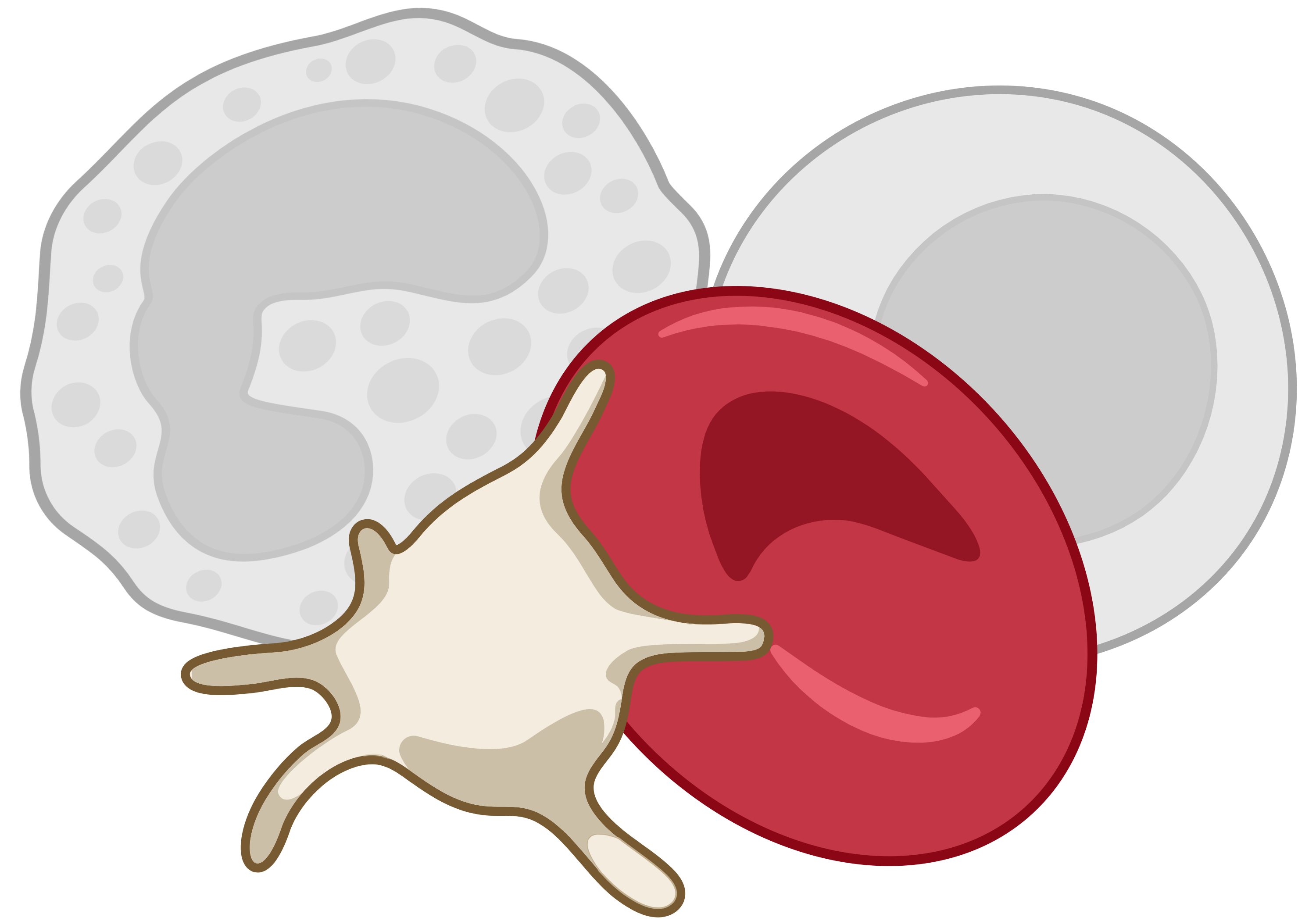Antibodies & Antibody-drug Conjugates
Nonclinical immunotoxicity and efficacy assessments.
Human Whole Blood Assays Based on ID.Flow®

Cytokine Release
To grade the inflammatory response, cytokines indicative of the innate and adaptive immune responses are quantified using a sensitive multiplex assay.

Complement Activation
Complement activation can cause serious adverse effects in patients. We assess the risk of complement activation in accordance with FDA guidelines.

Cell Activation & Depletion
Flow cytometry analysis of markers on T cells, B cells, NK cells, monocytes and granulocytes are assessed to understand activation status or depletion levels.

ADCC & CDC
We assess the ability of antibodies or ADCs to trigger immune responses via cytotoxicity, through immune cells (ADCC) or the complement system (CDC).

Platelet Activation
Flow cytometry is used to detect platelet aggregation, activation marker expression, and the formation of conjugates to assess the risk of thrombocytopenia, bleeding or clotting.

Haematology
Analysis of blood components, including red and white blood cell counts, platelets and and the grade of haemolysis and clotting.
SERVICES
Comprehensive Immune Assessment of Antibodies or Antibody-drug Conjugates.
Assays utilizing fresh human whole blood are especially suitable for predicting the immunotoxicity of antibodies or antibody-drug conjugates (ADCs) by providing insight into how the human immune system responds. Immuneed offers mechanistic and safety studies, throughout the drug development process, from early stages to IND submission. Our services are based on the ID.Flow test system, which mimics the intravascular environment and allows for evaluation of over 40 distinct immune readouts from each test condition. The analytical methods, including flow cytometry for cell analysis and ELISA for soluble factors, are used to generate comprehensive data on immune responses and potential risks for each test substance:
- Complement activation: To assess complement activation, fresh human whole blood is incubated with test substances in ID.Flow and then analysed by measuring the complement split products C3a, C5a, and Bb using ELISA assays.
- Cytokine release: Cytokine release syndrome can cause severe inflammation and organ damage. To assess cytokine release potential, fresh human whole blood is incubated with test substances in ID.Flow. Subsequently, samples are analysed using the multiplex Mesoscale Discovery (MSD) platform. Multiple time points and any cytokine available for MSD-analysis can be included.
- Platelet activation: We offer advanced flow cytometry-based assays to evaluate the risk of effects on platelets, such as thrombocytopenia. The assessment involves incubating fresh human whole blood with test substances using the ID.Flow test system. Samples are analysed by flow cytometry to detect critical platelet-related adverse effects, including platelet aggregation, activation marker expression, and the formation of platelet-leukocyte conjugates. Platelet counts are also measured using a Sysmex haematology analyser, which provides quantitative data on potential reductions in platelet numbers.
- Cell activation & depletion: To assess whether a drug induces activation or depletion of various cell types, fresh human whole blood is incubated with test substances in ID.Flow. Our custom flow cytometry panel is designed to detect changes in cell activation and quantify any reduction in cell populations of B cells, T cells, NK cells, monocytes, and granulocytes. Samples can also be analysed at multiple time points to track changes over time.
- Haemolysis & Clotting: The evaluation of haemolysis and clotting is an important part of a nonclinical safety assessment. The grade of haemolysis and clotting is determined by visual inspection
- Blood cell count: A reduction in cell count can indicate adverse reactions in humans, such as neutropenia. Samples generated using ID.Flow are analysed using a Sysmex Hematology Analyzer. Besides routine measurements of white blood cells, red blood cells, and platelets, differential cell counts can also be generated to assess the effects on neutrophils and other cell types.